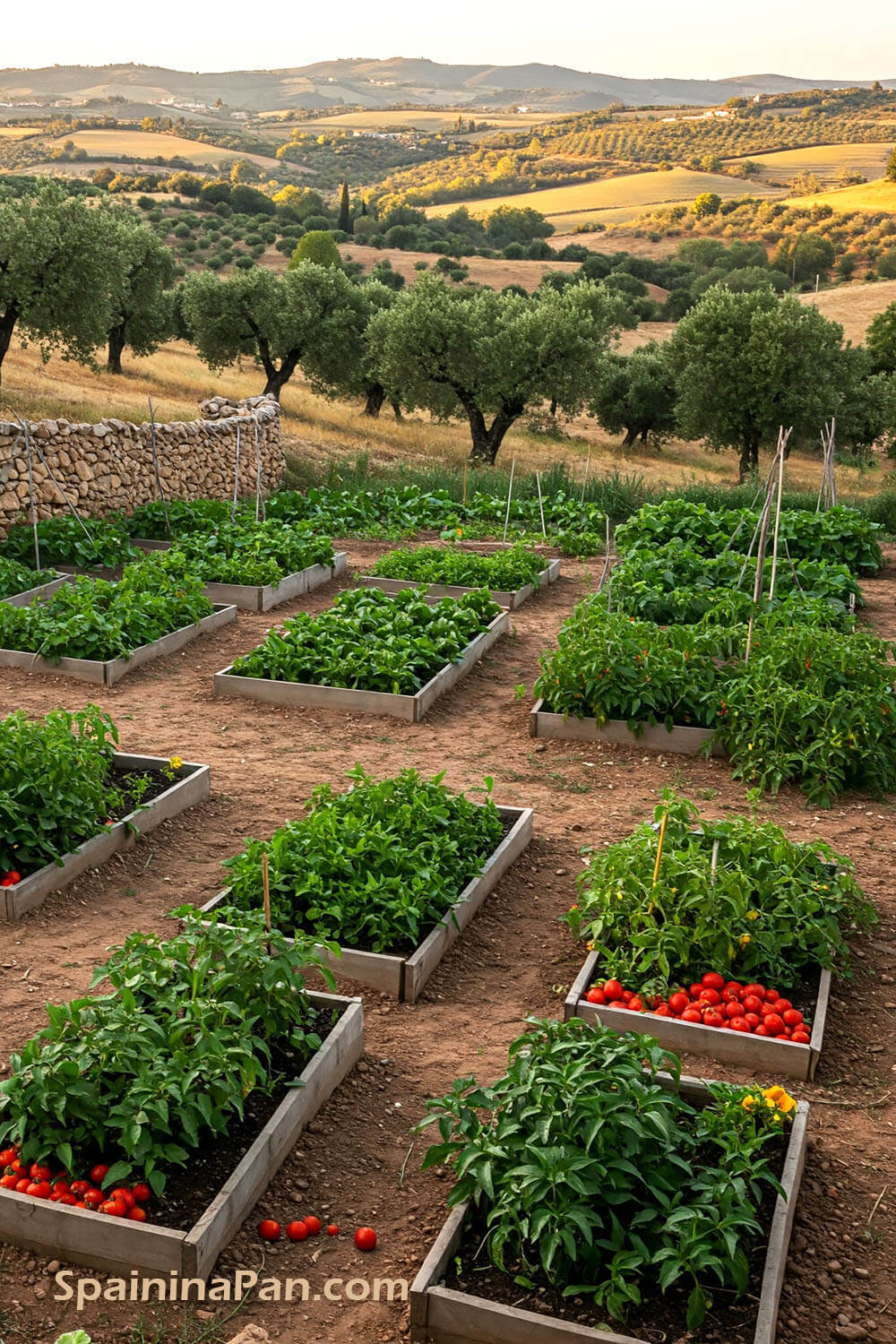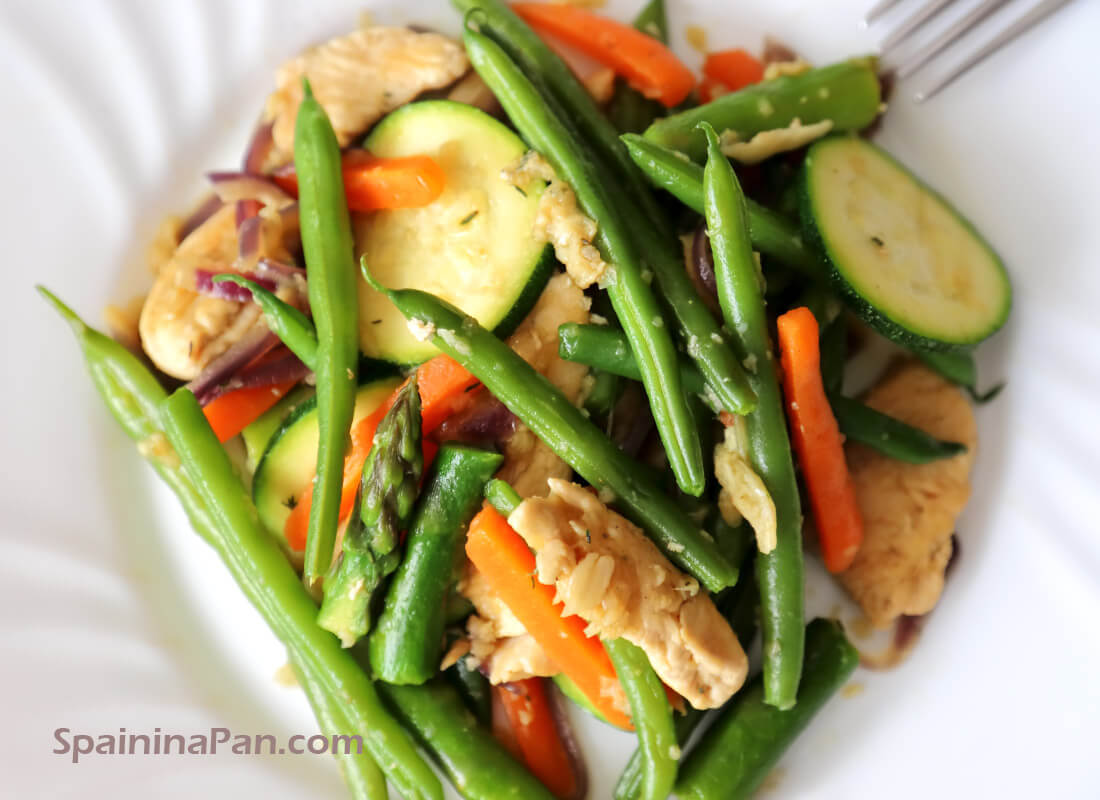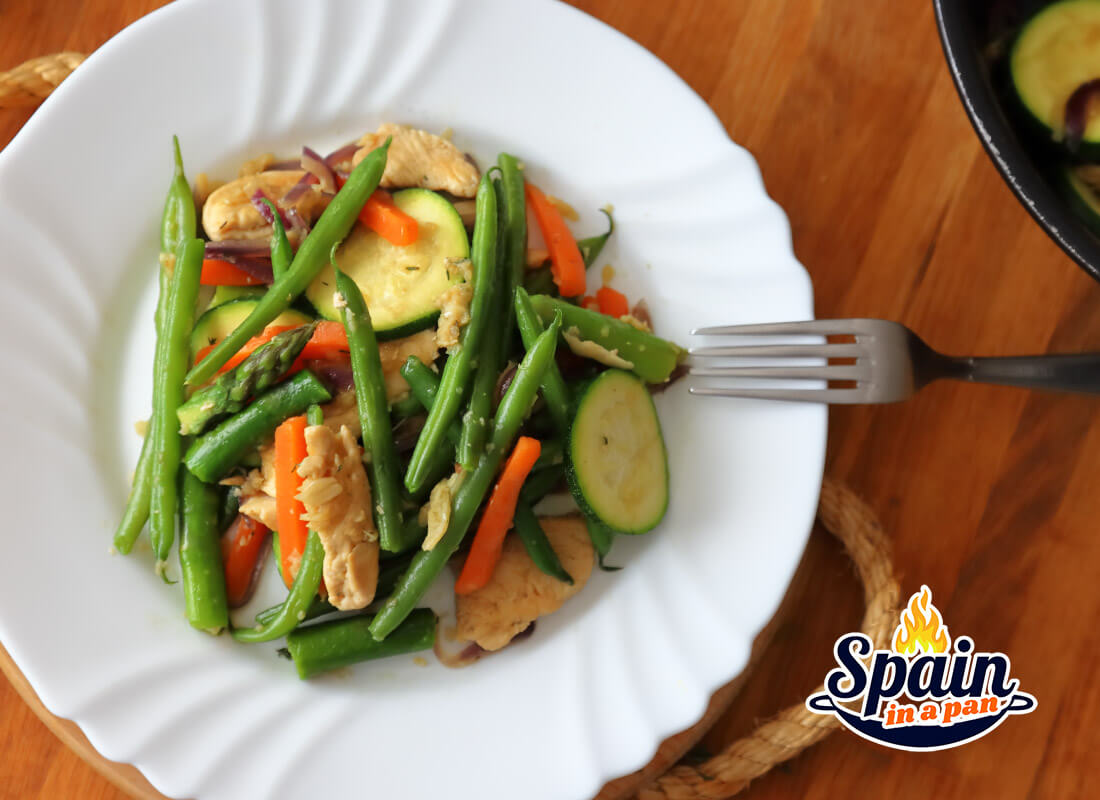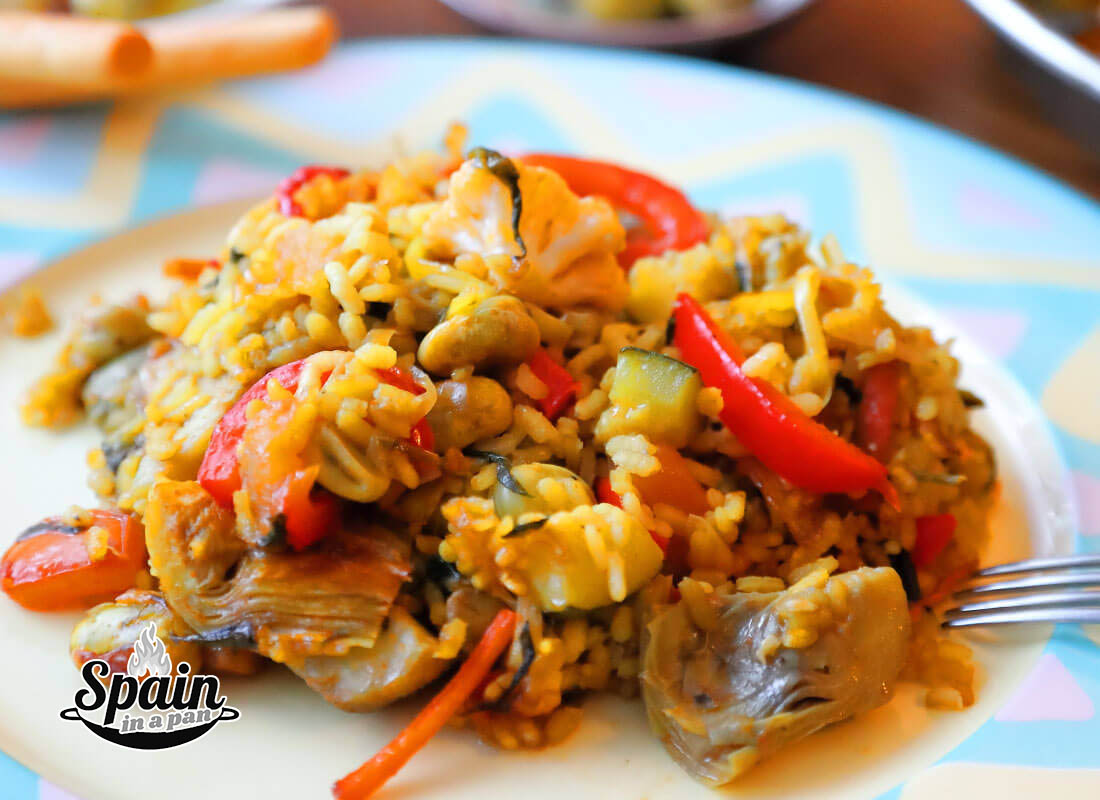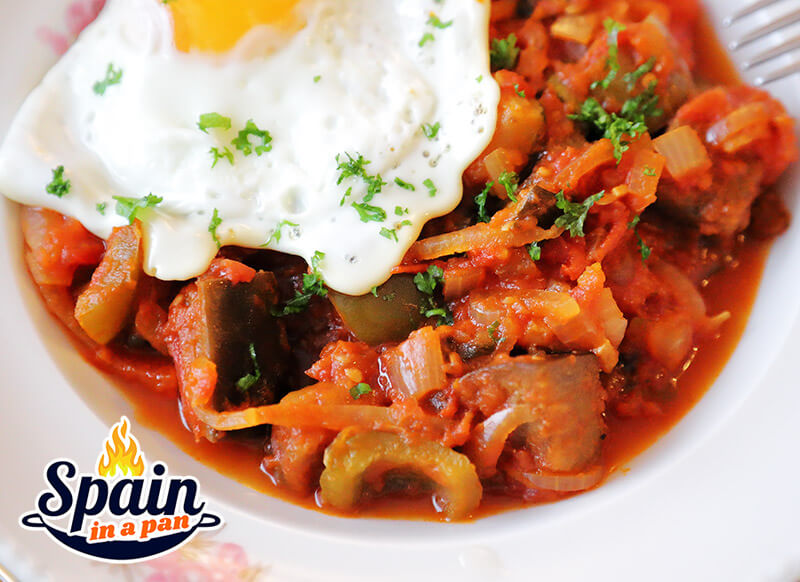- HOME
- Vegetable Recipes
The Spanish Garden on a Plate: Easy Vegetable Recipes
(Recetas de Verduras)
By Edu Valor / Author - Spanish Chef
Spain's climate is perfect for growing a wide variety of vegetables all year long. If you’ve ever wondered why Spanish cuisine features so many vegetable-based dishes, it’s largely because the country’s fertile plains and favorable weather make farming especially productive.
But that’s not the only reason. When the Moors introduced advanced irrigation techniques to the Iberian Peninsula, they revolutionized local agriculture. They also brought new crops like eggplants and chickpeas, which added diversity and depth to Spanish cooking.
Some vegetables grown in Spain, such as bell peppers, often grow larger than those typically found in Central or Northern Europe.
Religious, Meatless Diets
Because Spain has traditionally been a deeply religious country, periods of fasting—especially during Lent—often required people to avoid meat for extended times.
This encouraged the development of creative vegetable and legume-based dishes.
Fasting was a common practice, and it inspired cooks to come up with a wide range of meatless recipes. Some included fish, while others were entirely plant-based.
Rather than relying on animal products, many people often turned to the fruits and vegetables they grew themselves.
A Country of Small Farmers
Spain has long been a land of small villages, where many families grew their own crops. It became common for households to maintain a huerta—a personal vegetable garden.
Everybody knew someone who grew their own vegetables if they didn't have any themselves.
With so many people cultivating their own food, communities learned to appreciate what they grew.
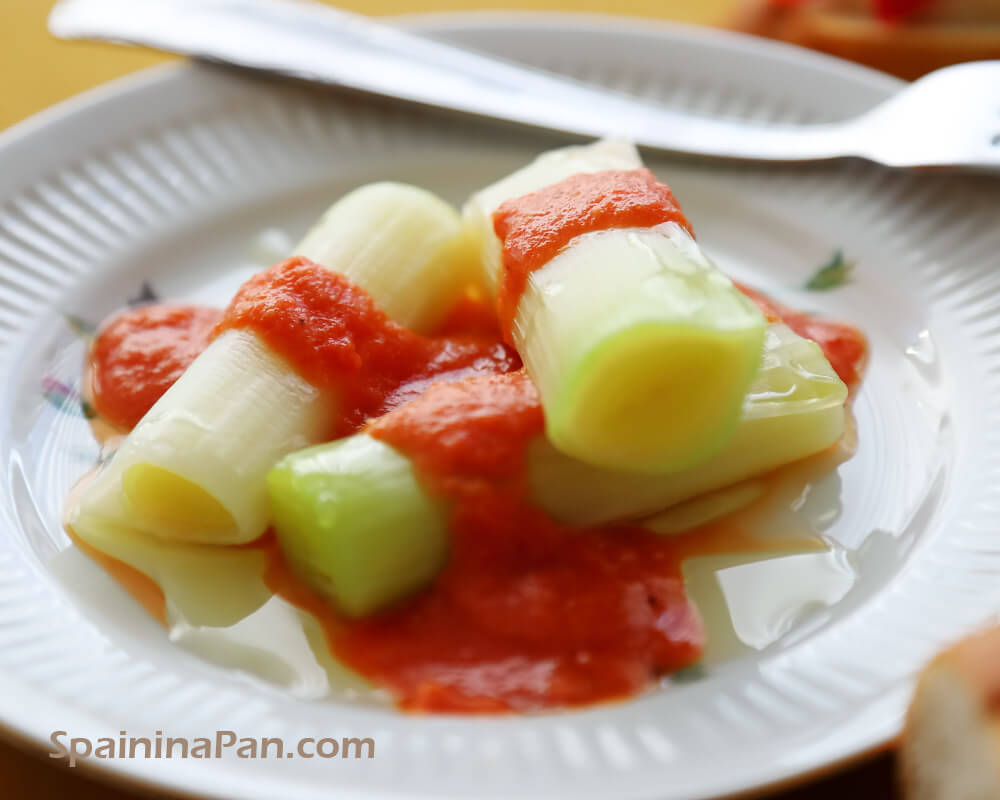 Leek with romesco sauce as an entry.
Leek with romesco sauce as an entry.
Being able to harvest ingredients from your own yard and cook with them was not just practical—it was a way of life.
Unsurprisingly, the tradition of the huerta led to a wide variety of vegetable-based recipes. It became a cultural habit, passed down from generation to generation.
For all the above reasons, Spain has build a long tradition of making dishes with natural ingredients. Its rural roots go deep.
The More Popular Spanish Vegetable Recipes
You might already be familiar with some of those Spanish vegetable recipes. Our cuisine is about much more than just paella and tortilla Española.
Many visitors to Spain discovered a taste for something different—and how could they not? Our cuisine is as rich and varied as the country itself.
As tourism grew since the 1970s, many traditional dishes gained popularity. Some of them include:
- Pisto Manchego
- Paella de Verduras
- Escalivada
- Espinacas con Garbanzos
- Tumbet
- Menestra de Verduras
I think vegetarianism has always been a part of Spanish cuisine. At least in my case, I grew up eating plenty of hortalizas and verduras.
What might seem strange to foreigners is that dishes like pisto with bread were completely normal for us—we didn’t always include animal proteins in our meals.
*****
